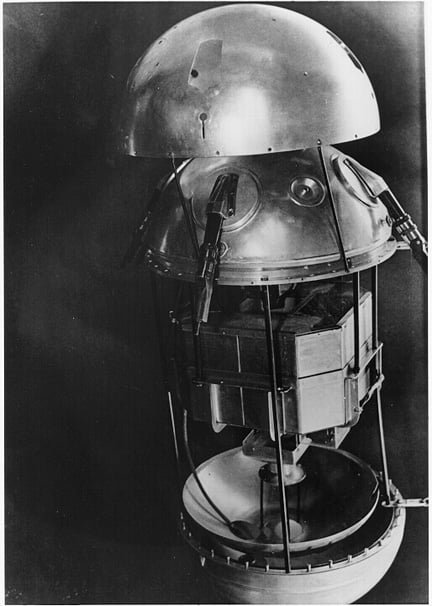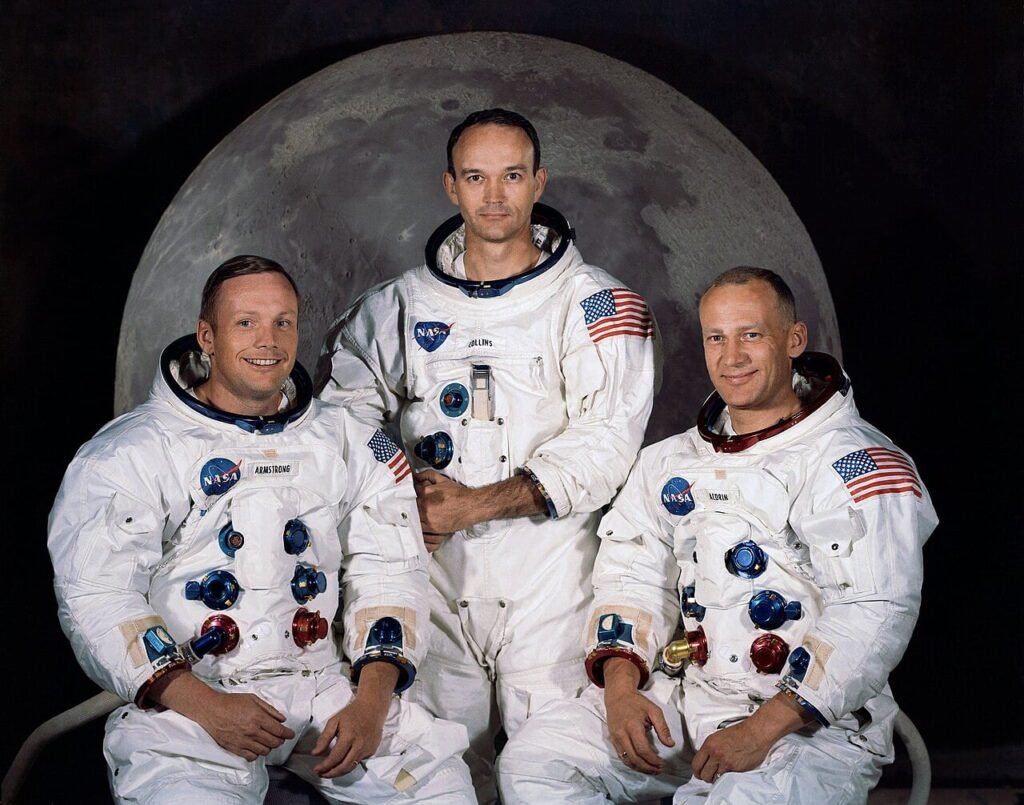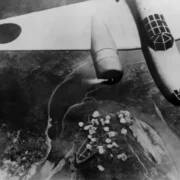On October 4, 1957, the world witnessed an event that would change the course of history: the launch of Sputnik, the first artificial satellite of the Earth, by the Soviet Union. This milestone was much more than a technological achievement; it was a turning point that triggered a new era of space exploration, geopolitical competition, and scientific advancements.
Also check out: The Suez Canal Crisis in the Cold War
The Context of the Cold War and the Space Race
After World War II, a scenario of ideological confrontation emerged between the United States and the Soviet Union. These superpowers represented opposing political and economic systems: American democratic capitalism and Soviet communism.


Disputes for Supremacy
The Cold War marked a period of intense competition. In addition to the arms race, the contest for supremacy in technology and science became a crucial arena to demonstrate power and prestige, reflecting the superiority of one system over the other.
Impact of World War II
The post-war context also played a significant role. The devastation caused by World War II left European countries weakened, while the U.S. and the USSR emerged as major powers, resulting in global polarization.
Pre-Sputnik Space Scene
Before Sputnik, the U.S. and the USSR had already launched scientific satellites into space, but none had reached Earth’s orbit. Sputnik 1 was the first satellite to complete an orbit around the Earth, marking a significant breakthrough.
The launch became a matter of national prestige and political propaganda for both sides. For the Soviet Union, it was a symbolic victory, demonstrating technological and scientific superiority, while for the U.S., it was a shock and a wake-up call to accelerate its own space programs.
Effect on Politics and Investment in Science and Technology
The impact of Sputnik on the U.S. was profound. It triggered a series of political and social changes, leading to massive investment in education, science, and technology to boost the development of space programs and ensure leadership in this field.
The rivalry in the space race between the U.S. and the USSR not only propelled technological achievements but also had scientific and cultural implications, shaping the public perception of space exploration and the role of humans beyond Earth.
Sputnik: The First Step into Space
Sputnik 1 was a sphere approximately 58 centimeters in diameter, composed of an aluminum-magnesium alloy. Equipped with four antennas transmitting radio signals in audible and shortwave frequencies, its orbit around Earth allowed signals to be tracked by receivers worldwide.


Sputnik Launch
It was launched by the R-7 rocket, the first intercontinental satellite launcher. It reached a low Earth orbit at a maximum altitude of approximately 900 kilometers and completed one full orbit every 98 minutes.
Sputnik 1 was a crucial milestone in the history of space exploration. Besides inaugurating the era of artificial satellites, it enabled studies on the density of the Earth’s atmosphere and provided valuable information about orbital mechanics, contributing to advances in understanding space.
Global Impact
The launch caused a wave of shock and admiration worldwide. In addition to demonstrating the technological capabilities of the Soviet Union, it led to the awakening of global awareness about the potential of space exploration and its implications for humanity.
In the United States, the launch of Sputnik generated concern and a sense of urgency. This led to the acceleration of the American space program and the creation of NASA in 1958, as well as triggering an intense focus on science and technology education.
Global Impact and International Reactions to the Launch of Sputnik
The launch took the world by surprise, showcasing the technological capabilities of the Soviet Union. The event was met with a mix of shock and admiration, as many countries did not expect humanity to reach this space milestone so quickly.


Concerns and Political Repercussions
Soviet success raised concerns in Western countries, especially in the United States. Leadership in space exploration came to be seen as a reflection of a nation’s technological capacity and political and military power, escalating Cold War tensions.
Scientific and Educational Responses
The global impact prompted a reassessment of educational and scientific priorities in many countries. In the U.S., for example, it resulted in a significant boost in science and math education to develop the workforce needed for the space race.
Technological and Strategic Repercussions of the Sputnik Launch
The satellite launch triggered a domino effect of innovations and technological advancements. It stimulated research in areas such as electronics, telecommunications, and propulsion, ushering in an era of discoveries and inventions across various fields.
Cohesion and International Competition
While generating tensions, the launch also promoted greater cohesion and international cooperation in space exploration. Simultaneously, it intensified competition between superpowers and spurred investments in space programs.
It became a symbol of human aspirations and the ability to achieve extraordinary feats. It inspired future generations and sparked interest in space exploration, influencing humanity’s collective perception of the cosmos.
Scientific and Technological Advances Resulting from the Sputnik Launch
The satellite launch not only marked the beginning of space exploration but also contributed significantly to the understanding of orbital mechanics. The collected data improved knowledge of orbits and trajectories, crucial for future space missions.


Atmospheric and Space Studies
Sputnik provided crucial information about the density of Earth’s atmosphere at high altitudes. This data helped map the ionosphere and better understand how it affects radio communications, driving advances in understanding the upper layers of the atmosphere.
Development of Satellite Technology
Success stimulated advances in satellite technology. The ability to launch and maintain an object in orbit led to the development of communication, weather, Earth observation, and scientific satellites, transforming how we interact with space.
Satellite Telecommunications
The launch of Sputnik propelled the development of satellite telecommunications. Advances in data transmission and long-distance communications through artificial satellites transformed global connectivity, enabling faster and more effective communications on a global scale.
Impact on Science and Education
The impact of Sputnik on science and education was significant. It spurred a renewed focus on research and development, fueling interest in fields like mathematics, physics, and engineering. Educational programs were strengthened to cultivate a competent workforce in space exploration.
Growth of the Aerospace Industry
The satellite also catalyzed the growth of the aerospace industry, creating jobs and opportunities in a highly innovative and technical field. This drove the development of cutting-edge technologies and a supply chain to meet the industry’s needs.
Legacy of Sputnik and Future Space Exploration
It established a lasting legacy in space exploration. Its pioneering orbital foray served as inspiration for future missions, marking a crucial milestone in the development and advancement of space technology.


Race to the Moon and Manned Missions
Sputnik 1 was the catalyst for the Space Race between the U.S. and the USSR. This momentum led to the Apollo 11 mission, which in 1969 landed humans on the Moon, representing one of the greatest triumphs of space exploration and a direct legacy of Sputnik.
Continuous Technological Development
Technological advances influenced a wide range of fields. From the miniaturization of electronic components to the enhancement of satellite communications, Sputnik’s legacy persists in virtually every modern technology related to space.
Robotic Exploration and Scientific Studies
In addition to manned missions, it inspired robotic space exploration. From planetary probes to space telescopes, the ongoing exploration of the universe has roots in the milestone established by Sputnik.
International Space Programs
The satellite propelled collaboration and cooperation among countries in the field of space exploration. International initiatives, such as the International Space Station (ISS), reflect its legacy and demonstrate the importance of global collaboration in space exploration. It influenced humanity’s collective perception of space exploration. Since then, interest and enthusiasm for space have increased, becoming a source of scientific discoveries and inspiration for future generations.
Contemporary Relevance and the Future of Space Exploration
Currently, space exploration is experiencing a renaissance driven by technological advances. The development of reusable rockets, propulsion advancements, and the creation of more advanced spacecraft are redefining the possibilities of exploration.
Missions to Mars and Beyond
Manned missions to Mars are at the center of space exploration ambitions. Space agencies like NASA and private initiatives are working tirelessly to send humans to the Red Planet, marking a new era in interplanetary exploration.
Space Colonization and Lunar Settlements
Concepts of space colonization and the creation of settlements on other celestial bodies, such as the Moon, have become a significant part of discussions about the future of exploration. Long-term projects aim to establish a human presence beyond Earth.
Commercial space exploration is expanding, with private companies competing in the sector. In addition to scientific missions, the prospect of space tourism and the commercialization of space services has become a reality, opening new economic opportunities.
Scientific Research and Space Observation
Space observation continues to play a crucial role in scientific research. From observing exoplanets to investigating cosmic phenomena, space exploration provides valuable insights into the universe.
Sustainability and Responsible Exploration
As space exploration advances, issues of sustainability and responsibility gain prominence. The need for exploration practices that respect extraterrestrial ecosystems and avoid cross-contamination becomes increasingly relevant.
The current landscape promises an exciting era of discoveries, innovation, and the expansion of human frontiers. Collaboration between space agencies and the private sector is shaping a future where space exploration is not only viable but also opens new horizons for humanity.













